JABALPUR-City with Extraordinary Architectural Importance-
|
India has a rich cultural history, and with the history comes the story and with story comes the architecture of that city.
The architecture of any city has a tale to tell us and is waiting to be heard.
Architecture is not just a structure it has a more and more to tell about itself it has its own style, secrets, lifestyle, and culture always a story to tell from where it all started.
What are the things that excite you when you hear any city? It is its food, culture or architecture. Architecture is something which marks the identity of any city.
JABALPUR,MADHYA PRADESH
JABALPUR, earlier known as Jabalipuram a lesser known city for its architecture but has some gems to tell its history. Also known as sankardhani or the cultural capital of the state.
It has lot of natural scenic spots which are always been the tourist attractions like bhedaghat, gwarighat (bank of river Narmada), balancing stone and many more Taal.
A fun fact about Jabalpur there is as many as 132 Taal (ponds) in Jabalpur, out of which only 32 are remaining.
The city also house high court of the state and Jabalpur cantonment is one of the largest cantonment in India and city also house and ordinance factory and an vehicle factory.
Here I’m going to share some of my favourite and amazing architecture in Jabalpur-
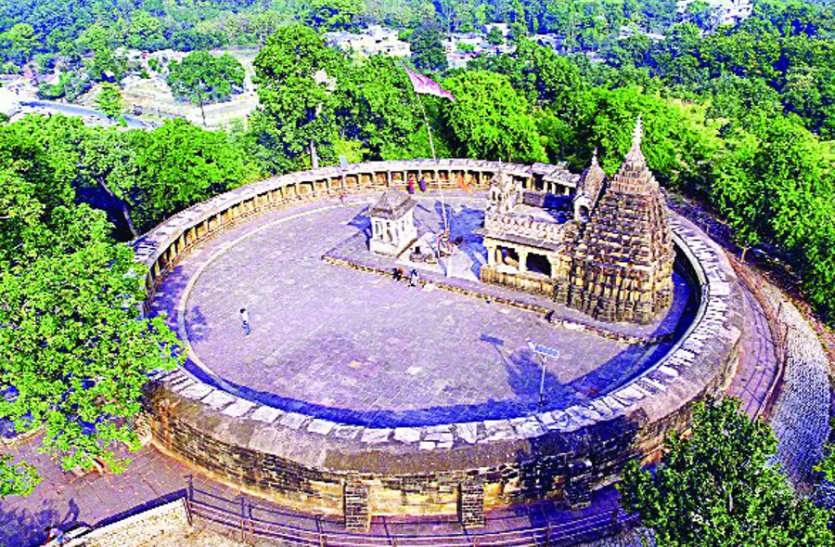
The chousath yogini temple also called as Golki math. Among all the chousath yogini temples it is the only one which have 81 yogini instead of 64. It has a diameter or 125 feet which makes it the largest yogini temple. The scholar Shaman Hatley calls it the "most imposing and perhaps best known of the yogini temples”. It has a covered walkway with 81 cells for yoginis around the inside of its circular wall; three niches, two to the west, and one to the southeast, remain open as entrances. There is a later shrine in the centre of the courtyard. The temple was built early in the 11th Century AD by King Yuvaraja II, of the dynasty of the Kalachuris of Tripuri; he lived around 975-1025 AD.
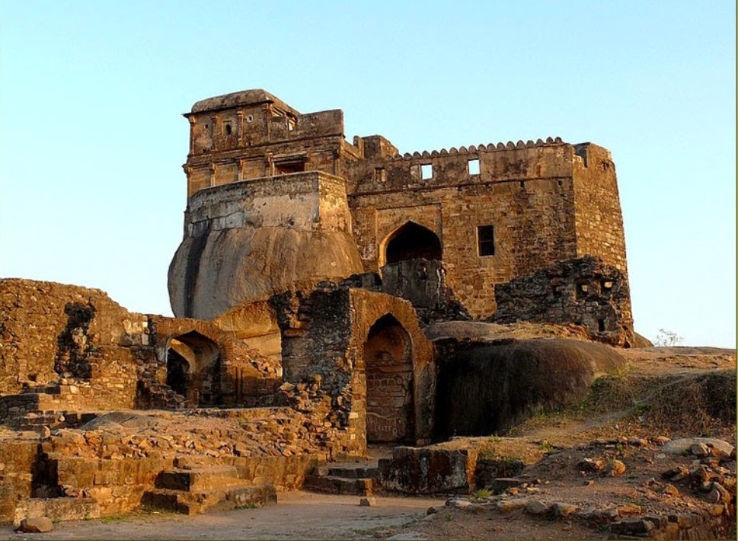
Madan Mahal Fort, built by the Gond rular Raja Madan Shah in 1116, is perched atop a rocky hill. A popular ancient fort of Jabalpur city, it is located in its South Western part. The location of the fort leads to it being used as a watch tower for the attackers and defenders during the Gondwana rule. The fort dominates the skyline and provides a wonderful panoramic view of the town and the countryside around it.
The fort was a pleasure palace for the tenth Gond King, Madan Singh, one of the sons of Rani Durgawati. The fort is maintained and protected by Archaeological Survey of India.
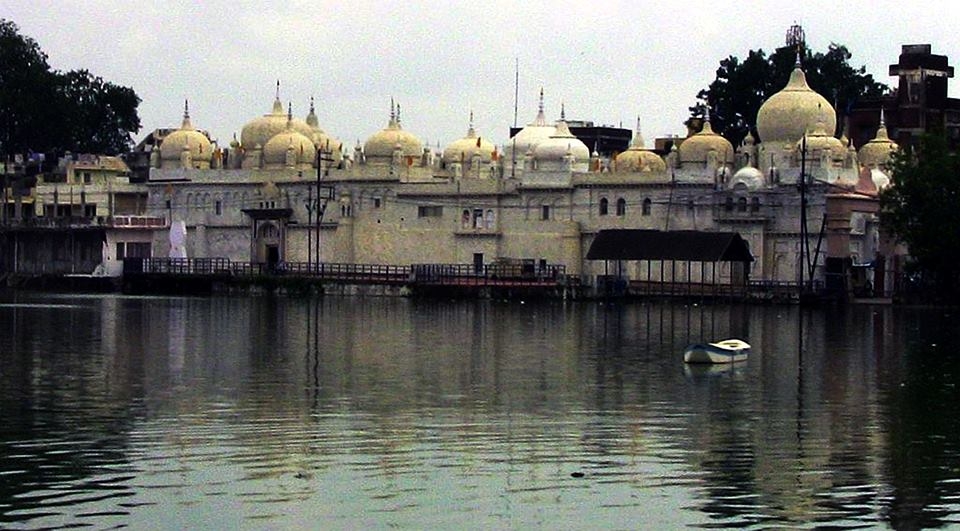
The temple appears like a fortress with numerous shikharas. Originally built in 1686 CE, it was renovated in the 19th century, the temple has 22 shrines (vedis), making it the largest independent Jain temple in India. The images range from Kalachuri period to modern times. The main room with glasswork was built in 1886 by Bholanath Singhai. This room contains the only image of the Jain Goddess, Padmavati, which is still worshipped in central India.
4. Royal hotel, Jabalpur
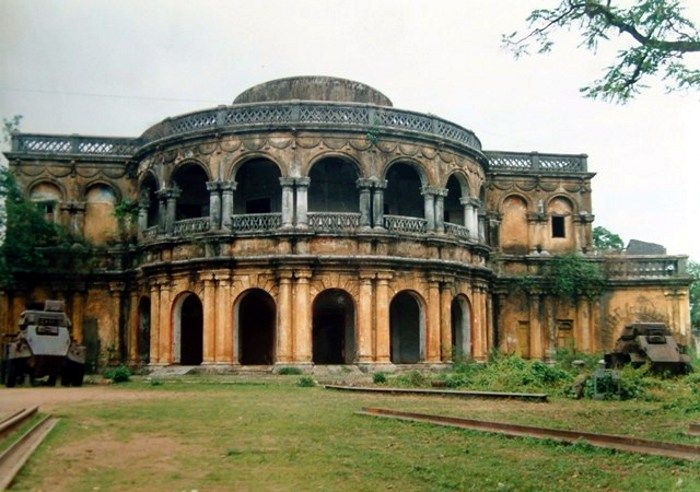
The Royal Hotel is situated in front of Old RTO, Jabalpur, at 14,144 square feet area and is reminiscence of starting war of freedom. Royal Hotel was constructed in 1857 by Anglo-Indian Timber Merchant, Mr. Bert that was later given on lease to Raja Gokuldas for teakwood forest. The hotel was available only for lodging of British and European citizens. Raja Gokuldas gave the hotel to her daughter Rajkumari Bai as a marriage gift. She was married with Chamanlal Gupta of Seoni district. Perhaps it was made in India by an Indian ruler later occupied by British it has a sign saying Indians are not allowed.
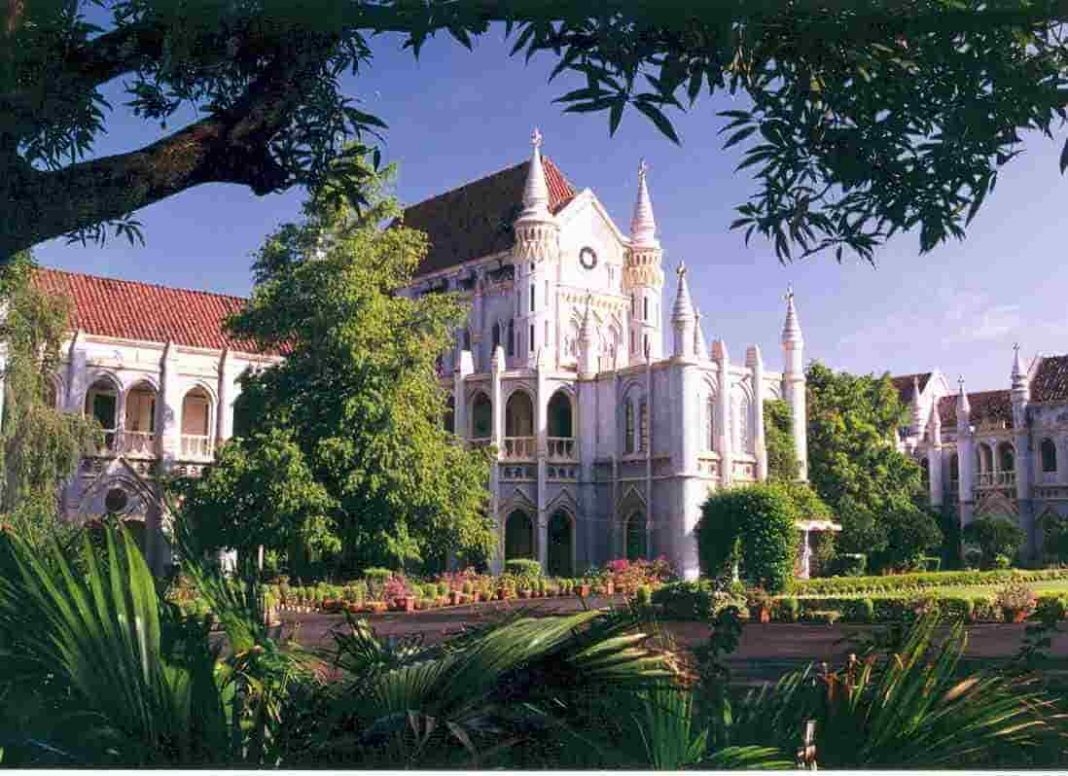
The impressive mansion of superb architecture was constructed in 1899 by Raja Gokul Das, Grand Father of late Seth Govind Das, Former Member of Parliament. The building was designed by Henry Irwin, C.I.E., P.W.D., sometime in 1886. He building is constructed in brick-lime with ornamental towers and cornices. The architecture of the building is mixed baroque and oriental. The arches as well as the bastions at the corner are ornamental. It also houses a museum, open for public.
A museum is a “ permanent institution in the service of society and its development, open to the public, which acquires, conserves, researches, communicates and exhibits, for purposes of study, education, enjoyment, the tangible and intangible evidence of people and their environment”.
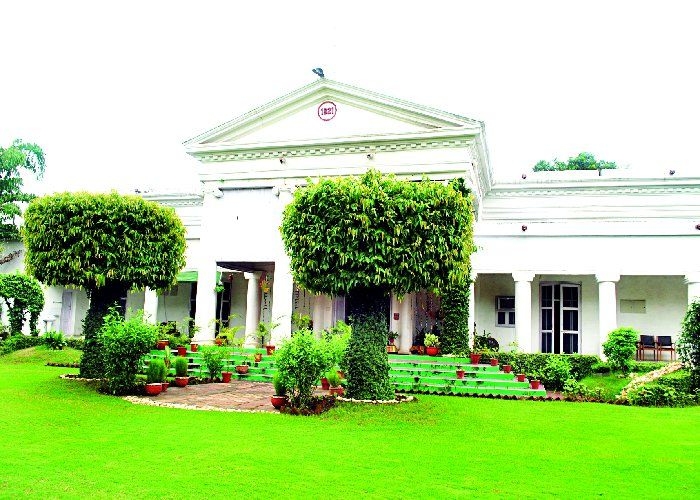
Built in the year 1821, the Commissioner’s
Residency is one of the oldest official residential mansions in India, still in use. The building was first of its kind to be put up by the British soon after conquering the city from the Marathas. It served as residence to the famous William Sleeman, who single handily wiped out the thugees & pindaris from central India in the 1830’s and 1840’s.
Follow this series of architectural cities to get to know more about its wonderful architecture and listen to its story with a little more interest.
- Vaishnavi Sarwate
